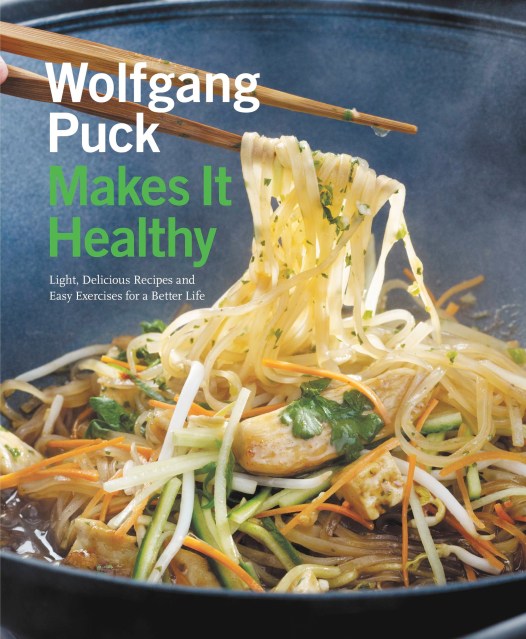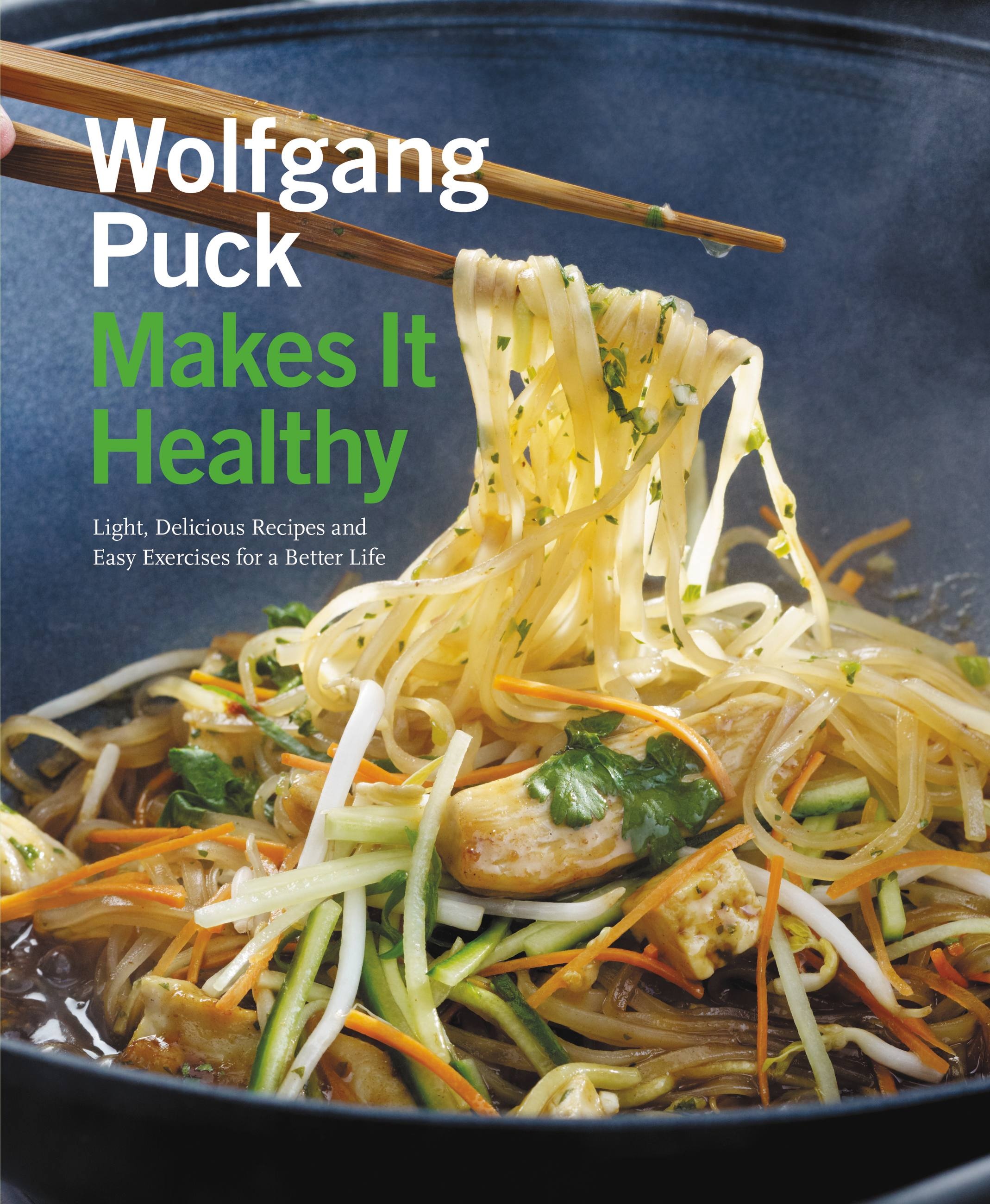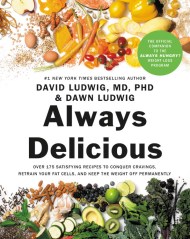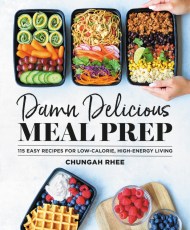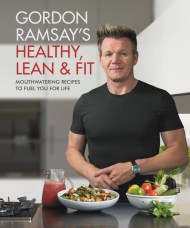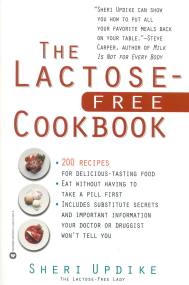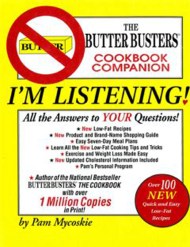Promotion
Use code MOM24 for 20% off site wide + free shipping over $45
Wolfgang Puck Makes It Healthy
Light, Delicious Recipes and Easy Exercises for a Better Life
Contributors
By Chad Waterbury
With Norman Kolpas
With Lou Schuler
Formats and Prices
Price
$21.99Price
$27.99 CADFormat
Format:
- Trade Paperback $21.99 $27.99 CAD
- ebook $9.99 $12.99 CAD
This item is a preorder. Your payment method will be charged immediately, and the product is expected to ship on or around January 3, 2017. This date is subject to change due to shipping delays beyond our control.
Also available from:
In Wolfgang Puck Makes It Healthy, Wolfgang Puck shares the food and fitness plan that helped him transform from being overweight and out of shape to fit and energetic. Now, he offers more than 100 health-conscious recipes, some modified classics from his earlier classics; others brand new. Readers will find flavorful food for every meal, including snacks and desserts, inspired by Mexican, Asian, Italian, Indian, and French cuisine.
Puck will never tell readers that they can’t enjoy a glass of wine or to cut out their favorite foods. Instead, he partnered with trainer Chad Waterbury and journalist Lou Schuler to outline an exercise solution. They’ve uncovered a plan for the fitness-phobic out there who want to be able to indulge a little: an adaptable 40 minute workout program focused on core stability, cardio fitness, and mobility that can be adapted to suit anyone’s daily life.
Genre:
- On Sale
- Jan 3, 2017
- Page Count
- 336 pages
- Publisher
- Grand Central Publishing
- ISBN-13
- 9781455508853
Newsletter Signup
By clicking ‘Sign Up,’ I acknowledge that I have read and agree to Hachette Book Group’s Privacy Policy and Terms of Use
